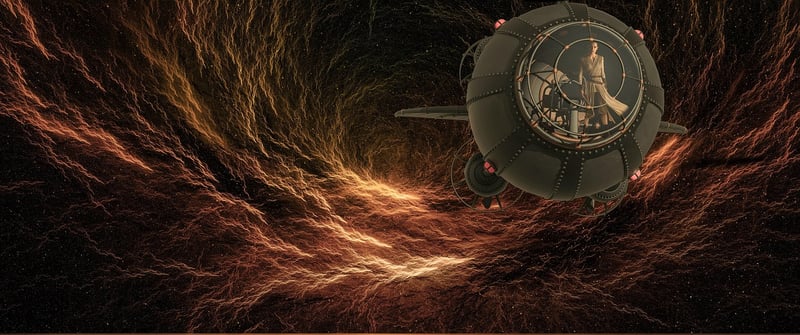Wormholes
The Fascinating World of Wormholes: Mechanisms of Travel
Traveling through space has long been a dream of humanity, and while current technology limits us to conventional methods, the concept of wormholes offers a tantalizing possibility for faster-than-light travel. Let's delve into the intriguing world of wormholes and their mechanisms of travel.
What are Wormholes?
Wormholes are theoretical passages through spacetime that create shortcuts for long journeys across the universe. Often depicted in science fiction as tunnels connecting distant points in space, wormholes are solutions to the equations of Einstein's General Theory of Relativity.
How do Wormholes Work?
Wormholes are thought to bend spacetime, creating a tunnel with two ends, each potentially in different locations or even different universes. By traversing through a wormhole, one could theoretically travel vast distances in a much shorter time than by conventional means.
Stability and Challenges
While wormholes are fascinating theoretical constructs, their stability is a significant challenge. The immense gravitational forces and exotic matter required to keep a wormhole open could be beyond our current technology and understanding of physics.
Scientific Research and Speculations
Scientists continue to explore the possibilities of wormholes through theoretical physics and mathematical models. While no direct evidence of wormholes exists yet, the concept sparks imagination and fuels scientific inquiry into the nature of spacetime.
Conclusion
Wormholes represent one of the most intriguing concepts in theoretical physics, offering a glimpse into the potential for extraordinary modes of travel across the cosmos. While the reality of traversable wormholes remains uncertain, the pursuit of understanding these cosmic phenomena pushes the boundaries of human knowledge and imagination.

Explore further:
